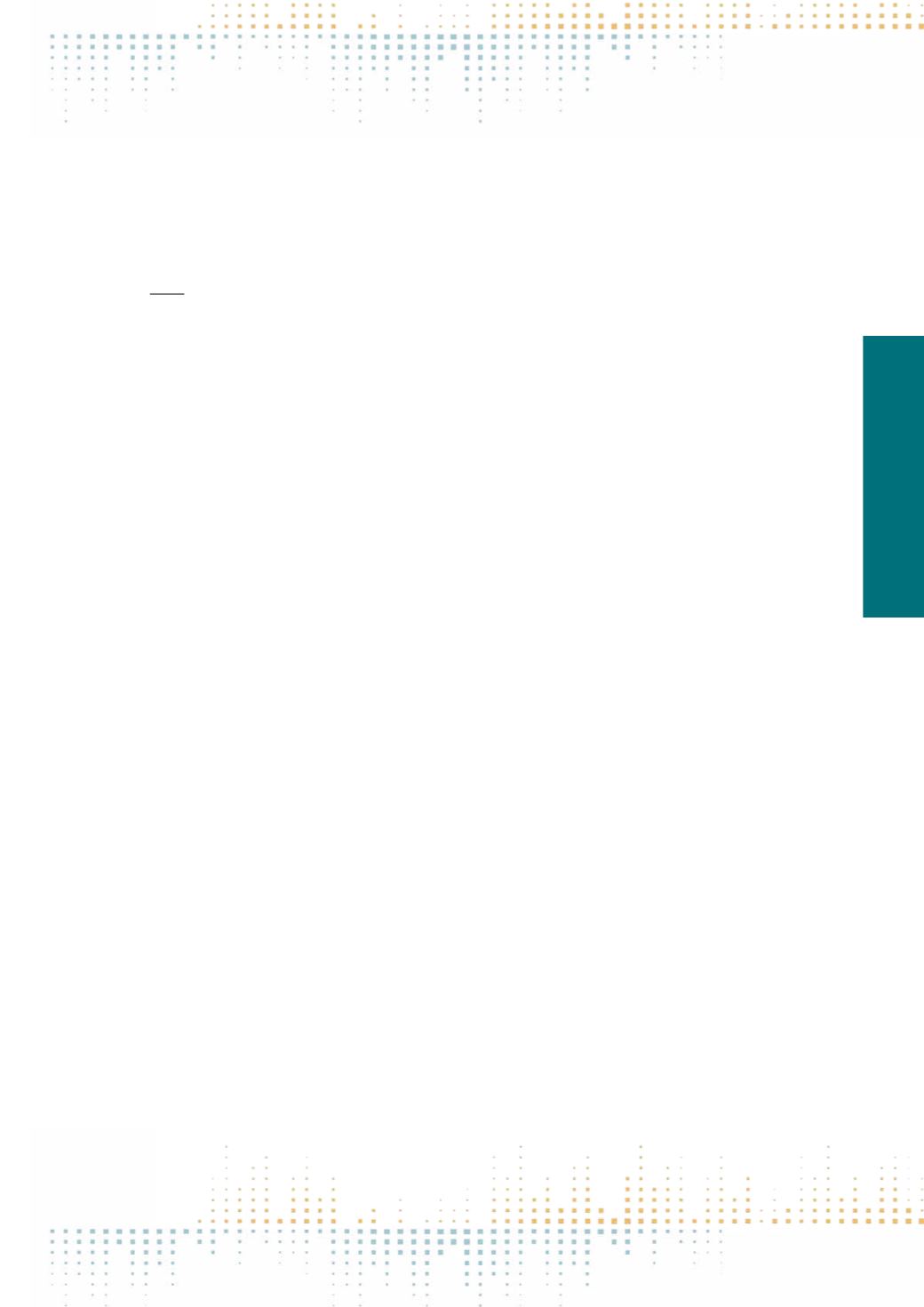

119
Friday, November 11
1 8 : 0 0 – 1 9 : 3 0
is a substantial temporal distance between the event and its remediated form. Global iconic events also play with our understanding of time and space.They
resemble certain aspects of the original event, but come to represent something larger. They express the mythical in the modern, communicating messages
like loss, destruction, division and freedom. Global iconic events are also salient: they are exceptional. These events are major social dramas with lasting
presence on the world stage. Finally, iconic events express sacredness: people want to touch and worship the “myth,”making the event’s story contagious
in the transnational space as these events get recycled in new narratives and replicated in contemporary social performances. Overall, global iconic events
offer us examples of magical moments of simultaneity, when not everybody, but many still come together in a common mediated experience.
PN 237
Simultaneity and the Interface
P. Frosh
1
1
Hebrew University of Jerusalem, Jerusalem, Israel
It is a truth universally acknowledged that an ordinary individual, operating a personal computer, must interact with a graphical user interface (GUI). It is
probably safe to say that the GUI - best known through Microsoft Windows and Apple OS X – has become a kind of second nature for computer users across
the globe. For many of us its familiar ensemble of windows, icons, menus and cursors has become virtually synonymous with our understanding of what
computing is. Taking the GUI as a technocultural form of serious historical consequence, this paper explores its dimensions of continuity and difference with
previous media – notably cinema and television – by analyzing the GUI’s temporal operations. It makes two interlinked propositions.The first is that the GUI
structures users’sense of simultaneous time through the micro-regulation of attention, anticipation and bodily action. The visible prevalence of operative
markers which invite activation (e.g. icons and hyperlinks), along with myriad alerts demanding instant response, creates a constant oscillation between
a present of reading/reception and the anticipation of immediate action via the same interface. Moreover, this oscillation is physically experienced as a de‑
fault state of sensorimotor restlessness, incarnated in the perpetual alertness of the hand on the mouse and the eye tracking the moving cursor. Although
prefigured by ‘zapping’ the television remote control, the GUI intensively integrates bodily agitation into a circuit of mediated responsiveness that deeply
contrasts with the reception modes of immersion, parasocial participation or ambient co-presence associated with earlier screen technologies. Second, this
embodied restlessness makes possible new experiences of indexical connectivity between user, medium and depicted content.This is the deictic indexicality
of the pointing finger (‘If you can point,’ ran an early Apple advert, ‘you can use a Macintosh’): a present-tense, quasi-physical connection represented by
the movements of the cursor, and the kinetic energy transfer generated by the gestures of our fingers which appear to cause corresponding movements
of objects in virtual space (you ‘scroll’your mouse or trackpad, and this text accelerates at the appropriate pace on the screen). These characteristics appear
to privilege possibilities for sensuous immediacy and individuated action that unsettle the temporal structures of previous media. They promise to disrupt
the absolute ‘aorist’ pastness of indexical trace media (like photography and film) and the temporal and existential fissures between viewer and viewed
that they frequently accentuate. Indeed, historical media objects such as photographs or films often seem reanimated when encountered via the GUI:
an ‘indexical chain’of mediated contiguity between users and referents brings the traces of users’gestures into seeming contact with the traces of depicted
others. Finally, the simultaneity of the GUI is very different to broadcast media such as television. Rather than the live reception of transmitted messages
or the ceremonial sharedness of media events, the GUI inculcates an individuated simultaneity of continual crisis-readiness felt at the level of embodied
responsiveness: a sensorimotor vigilance that is made manifest in the global online petition.



















